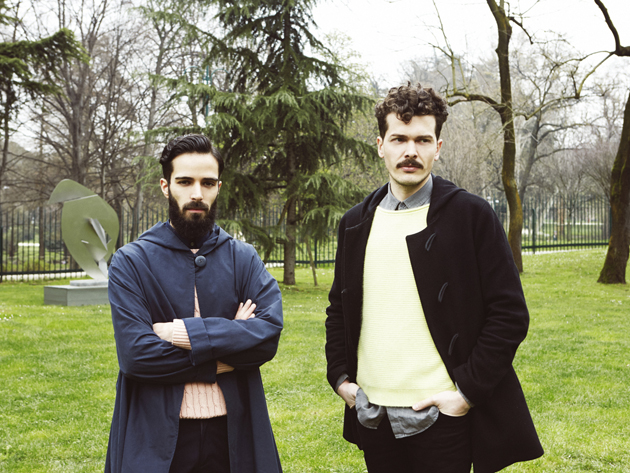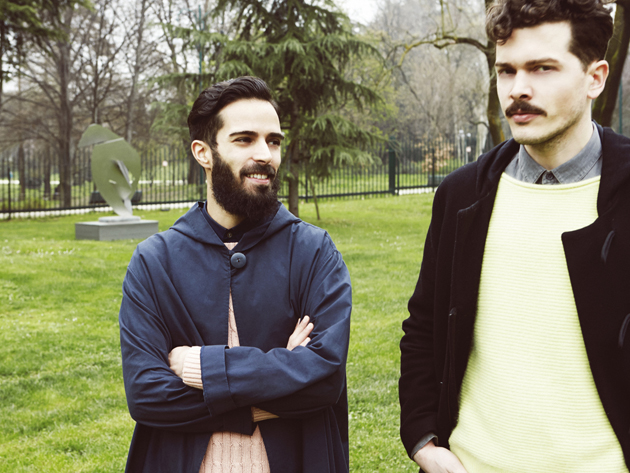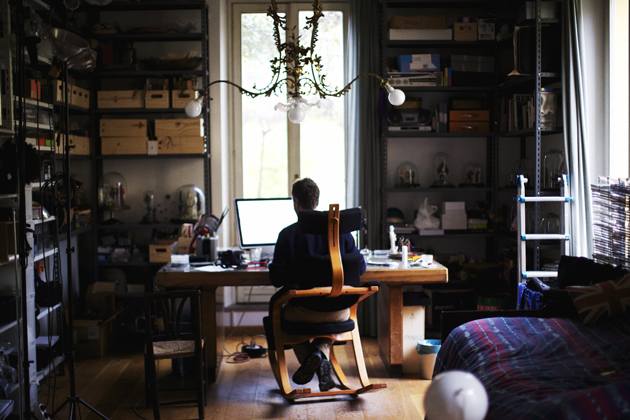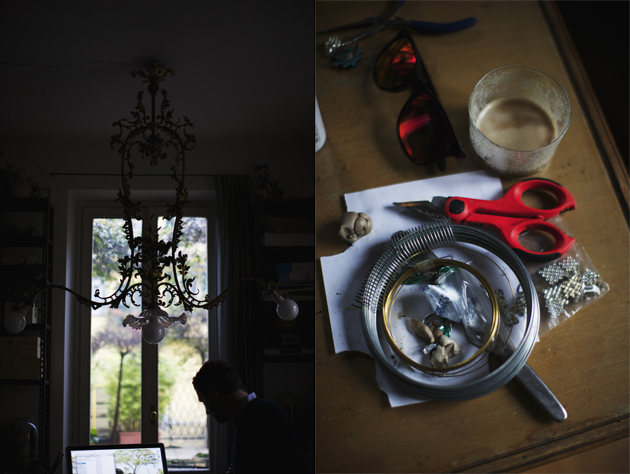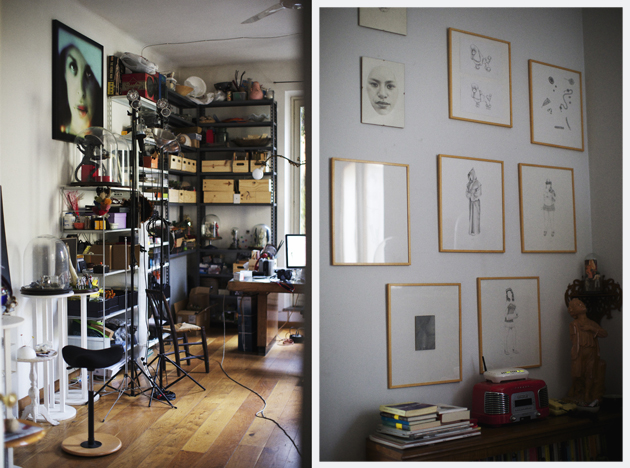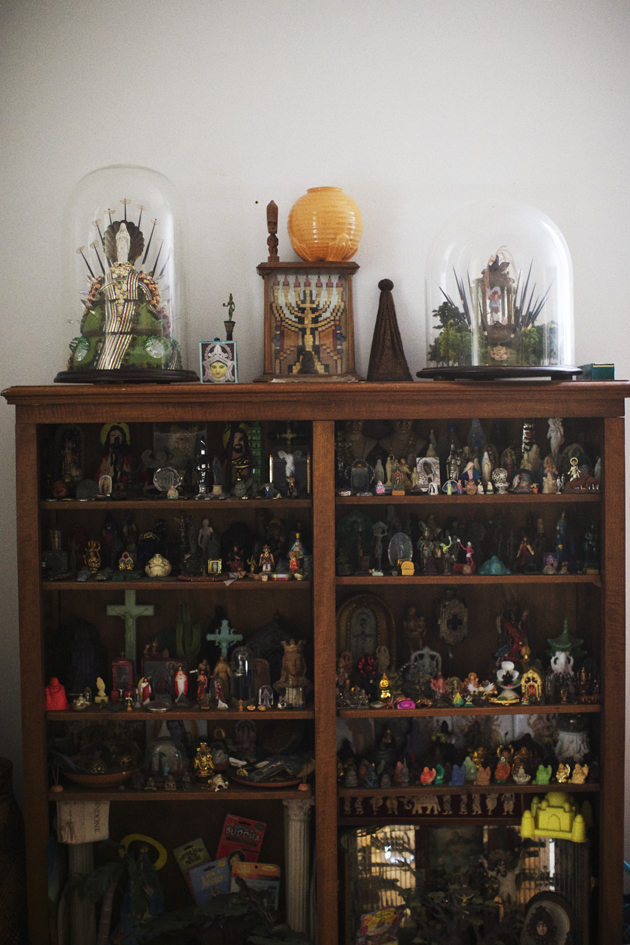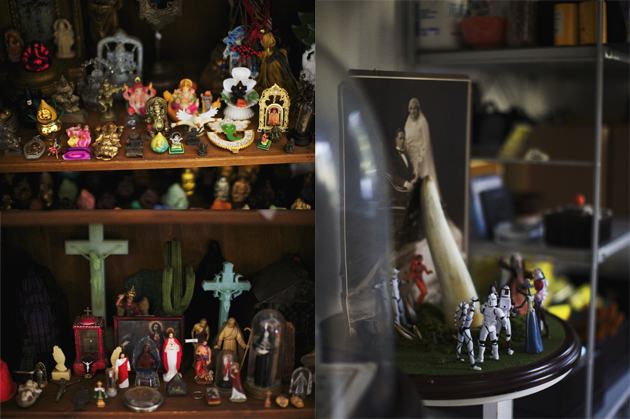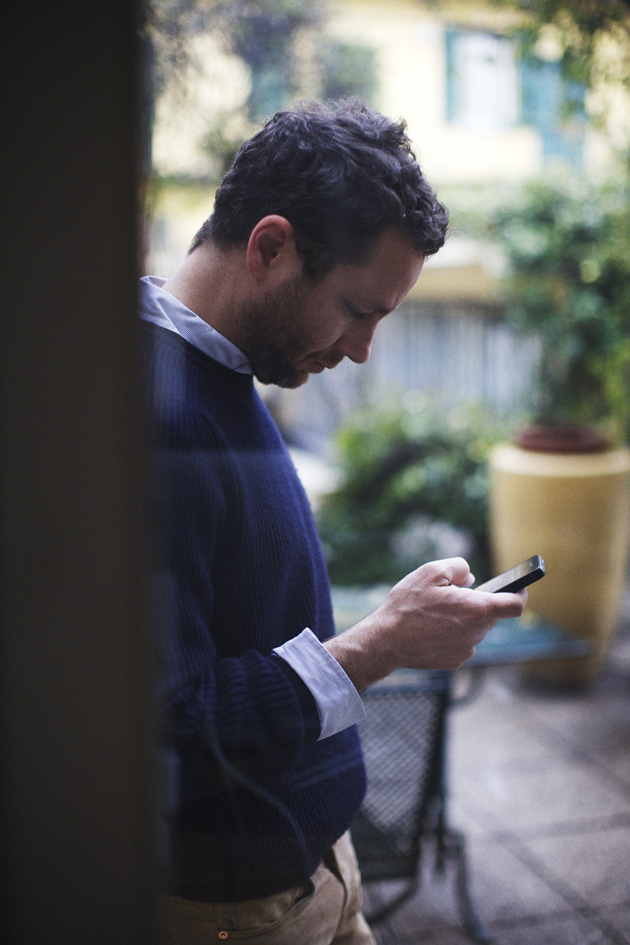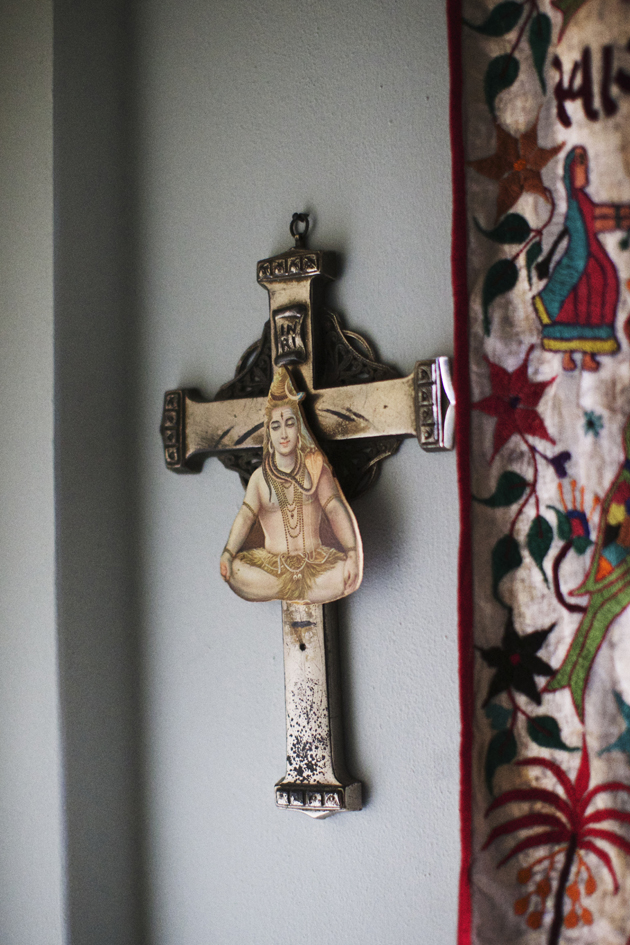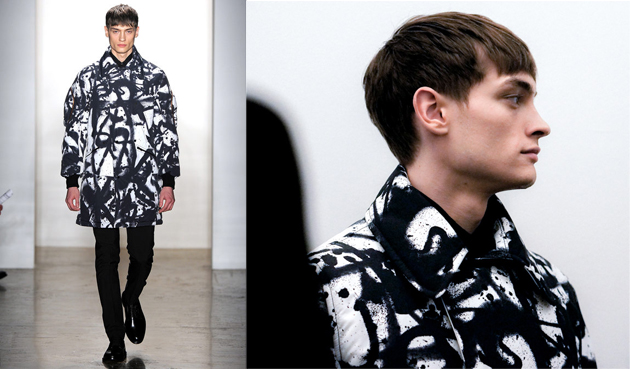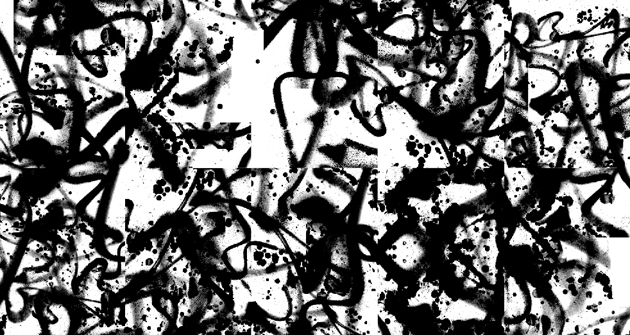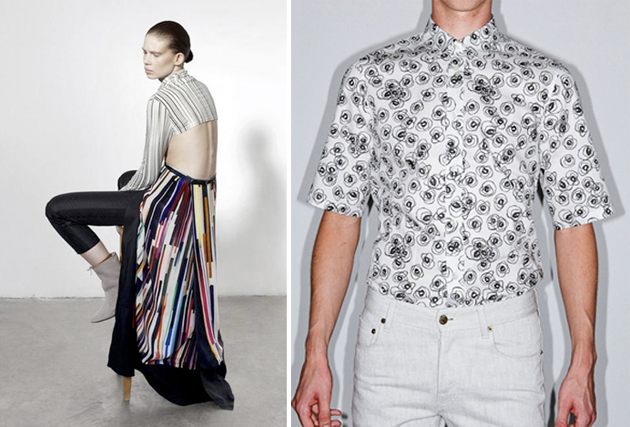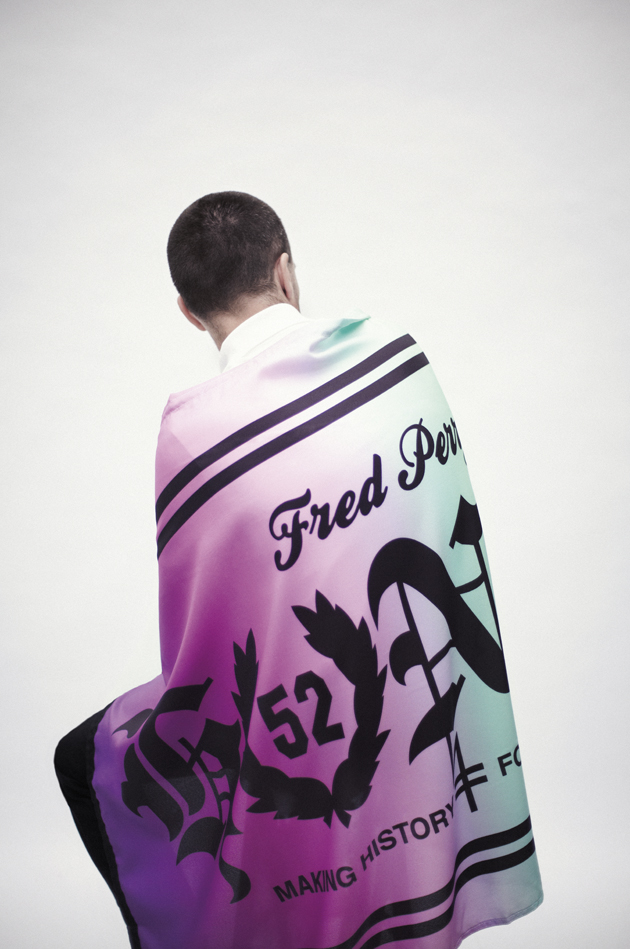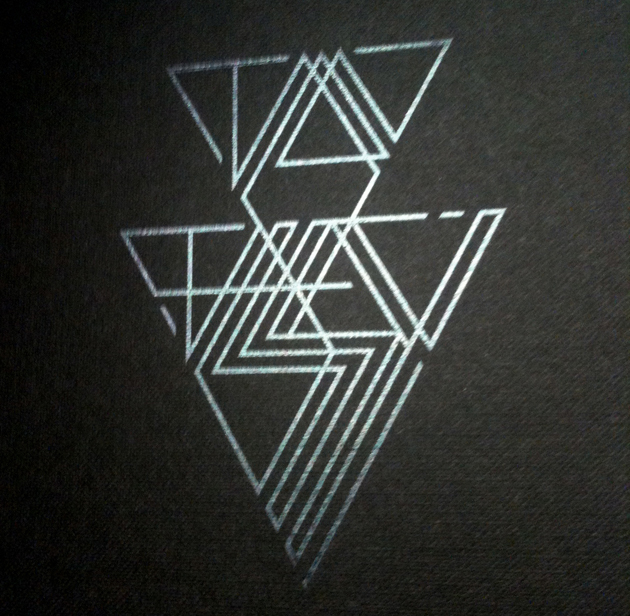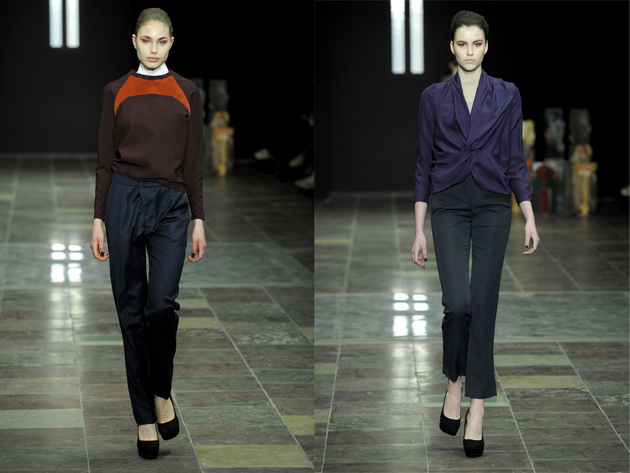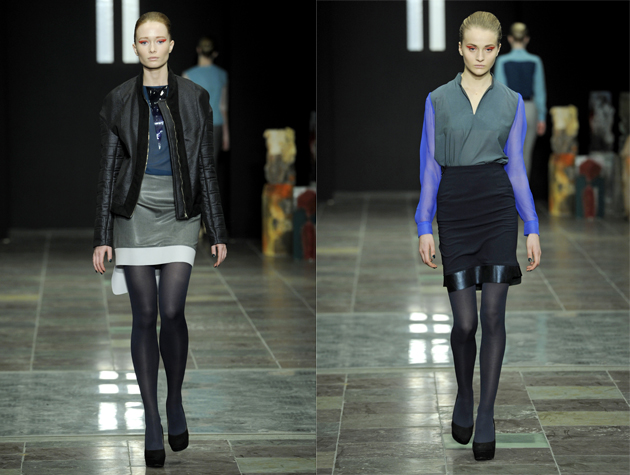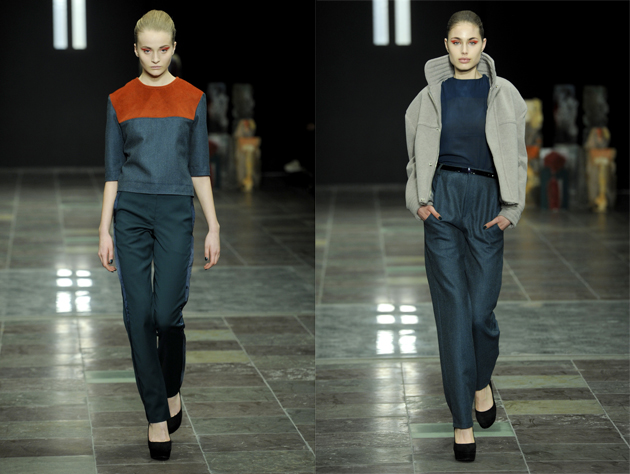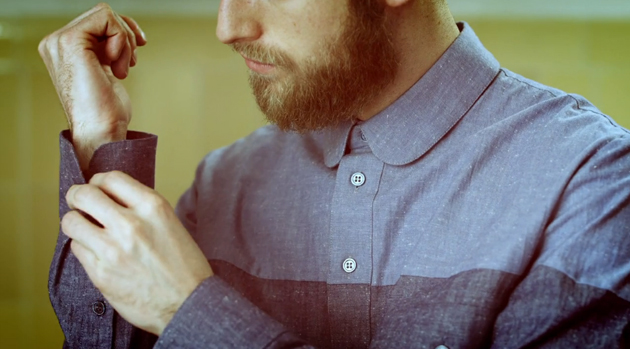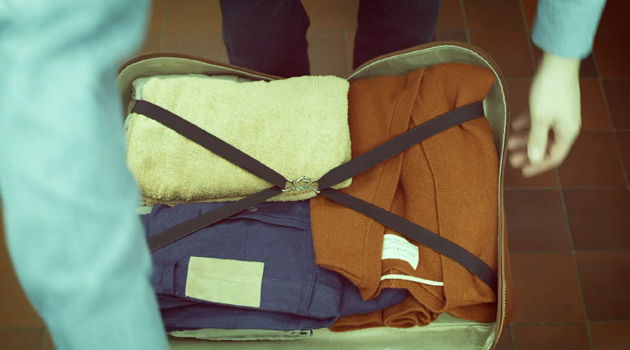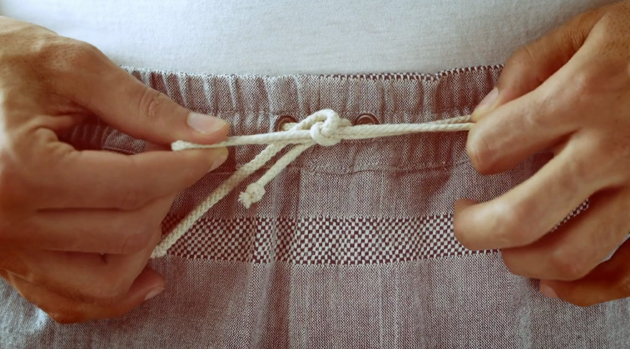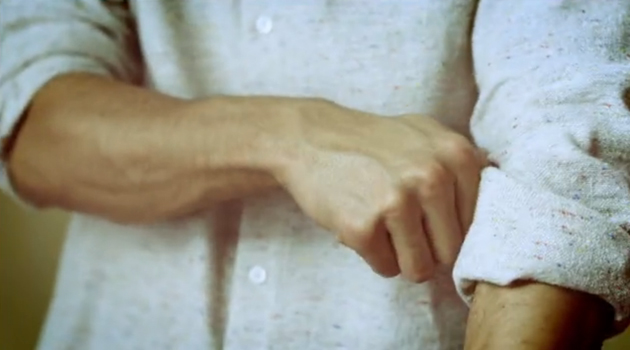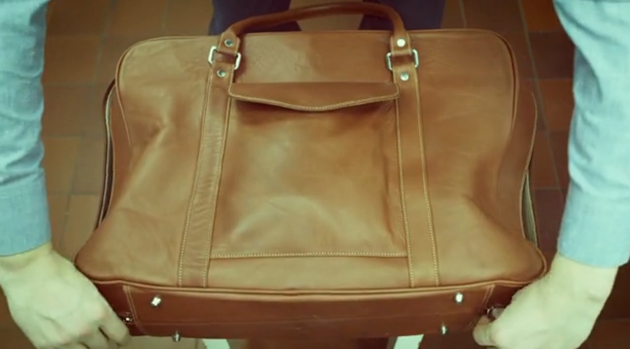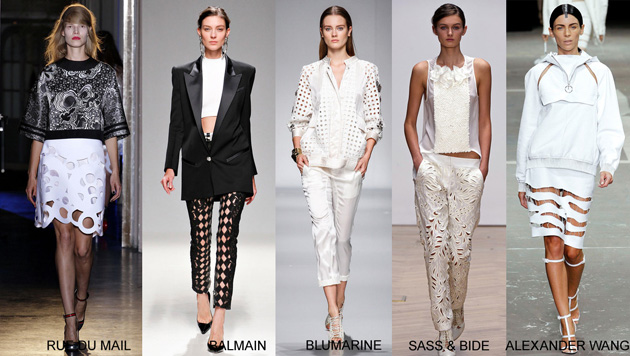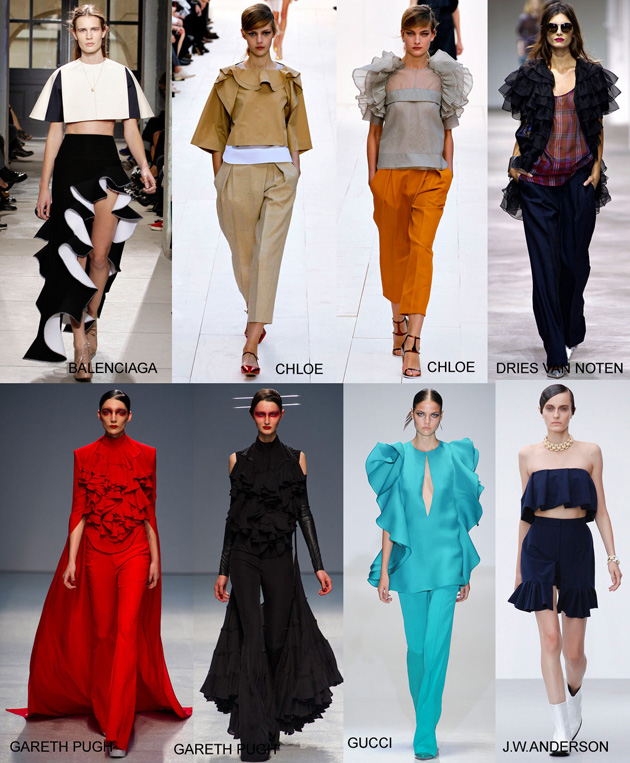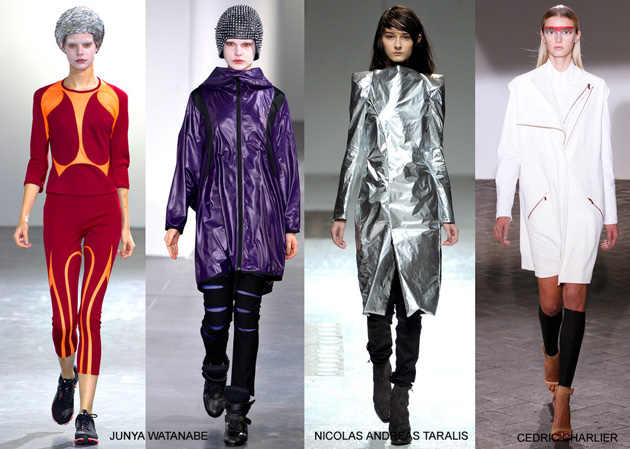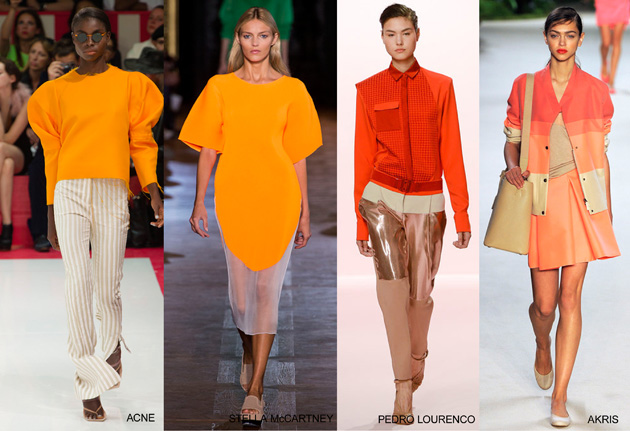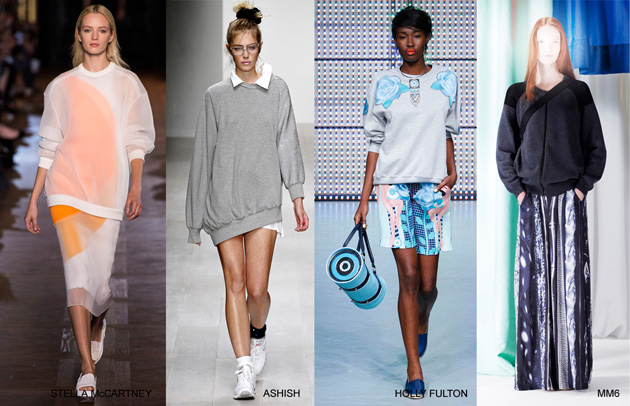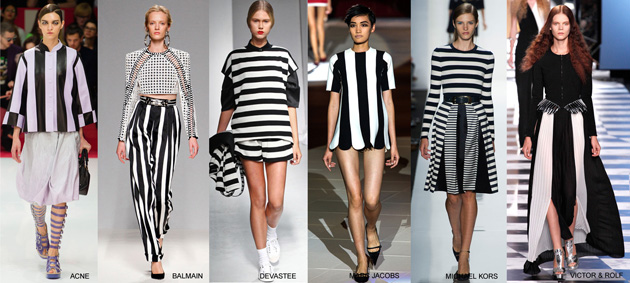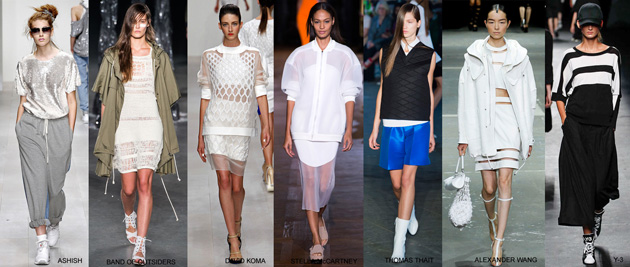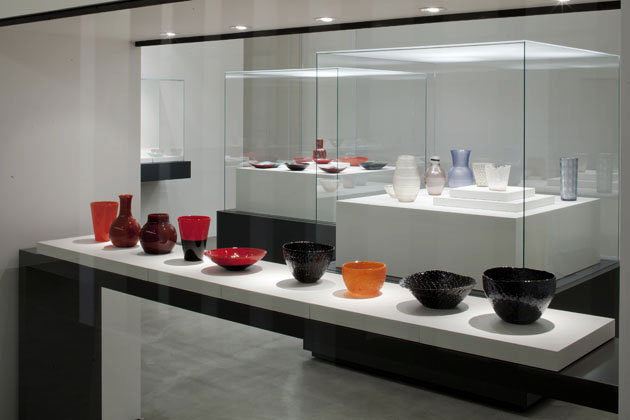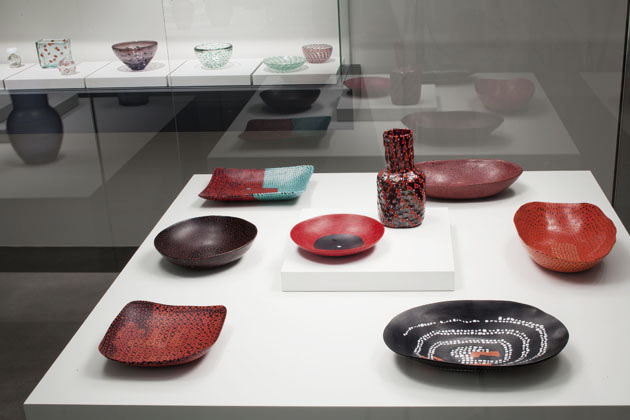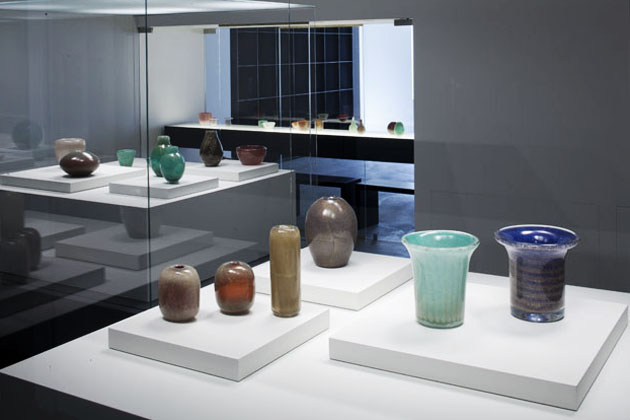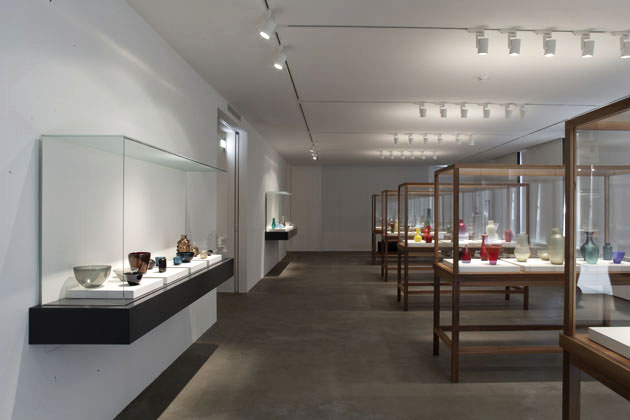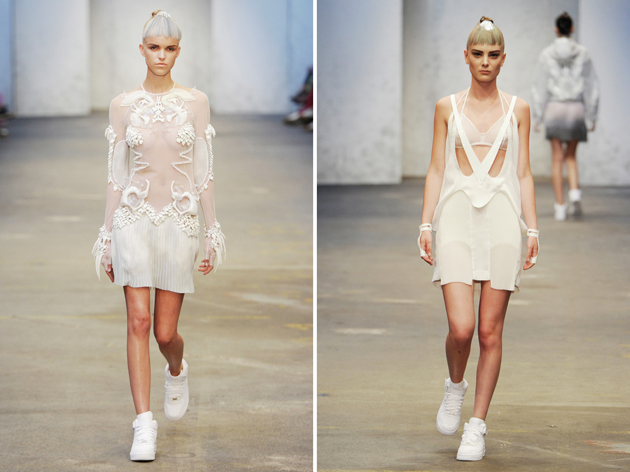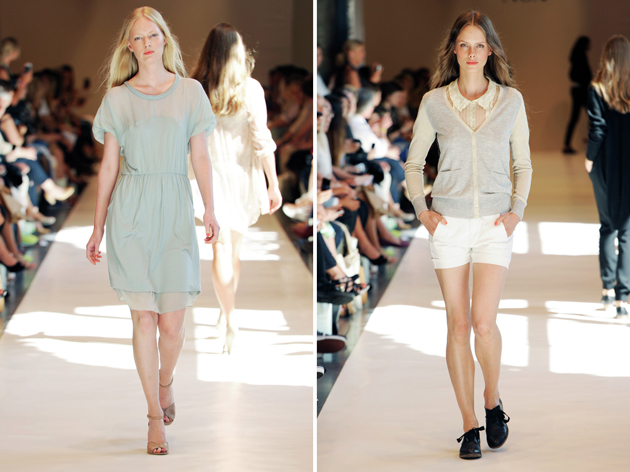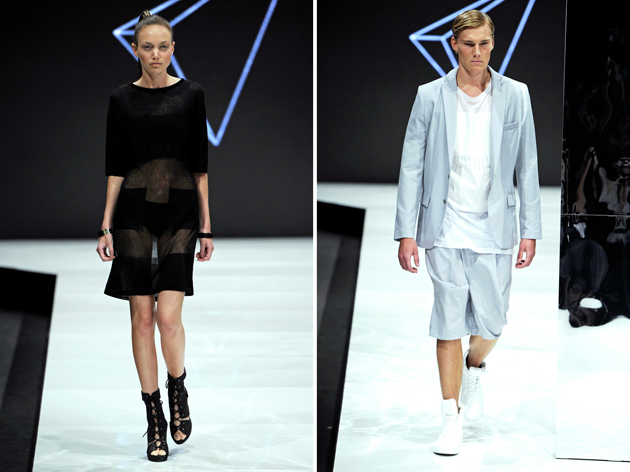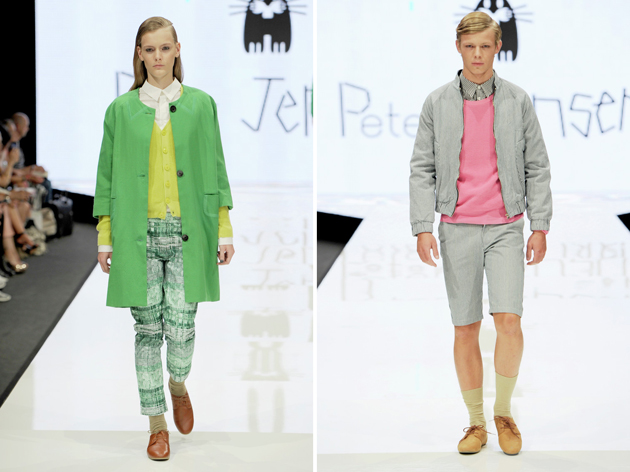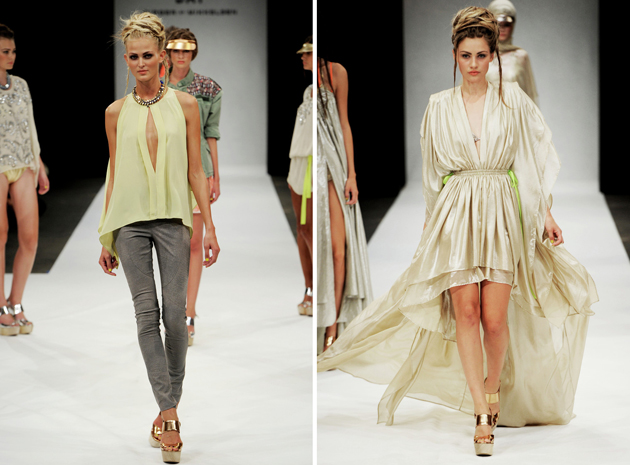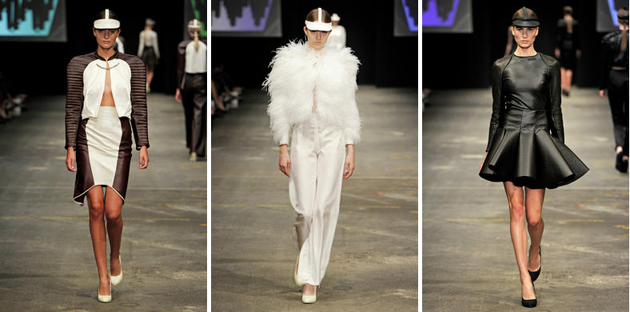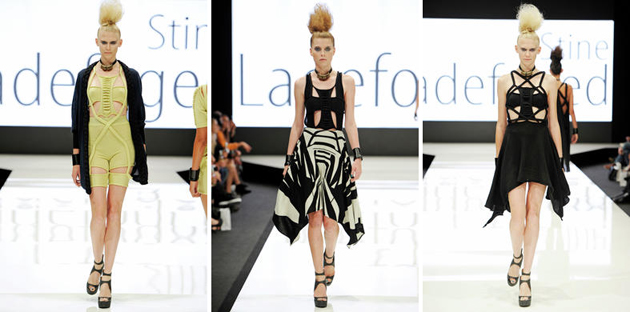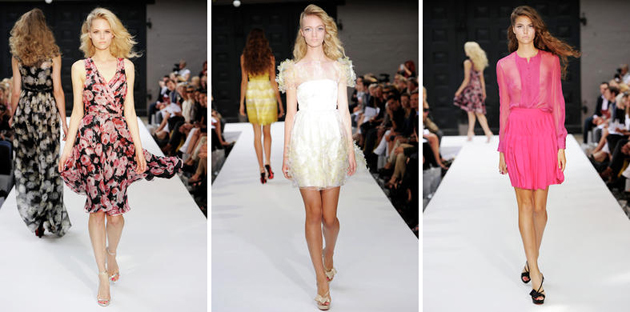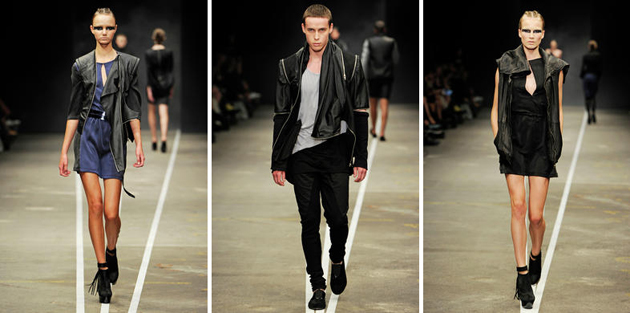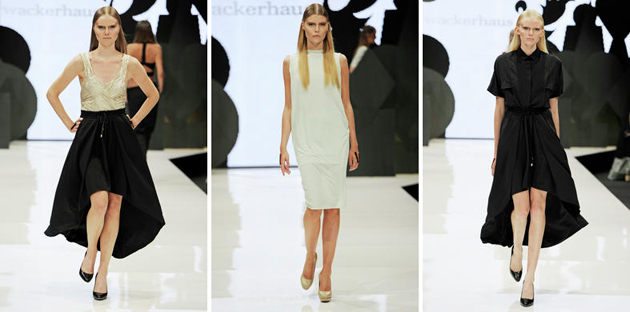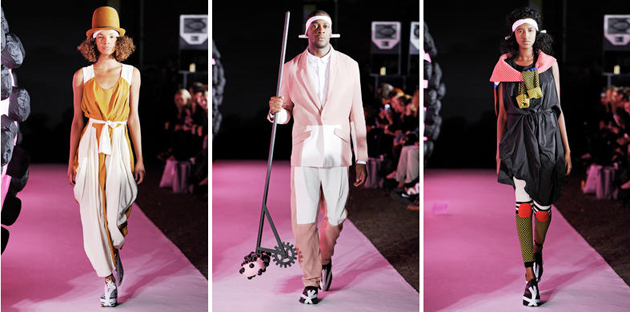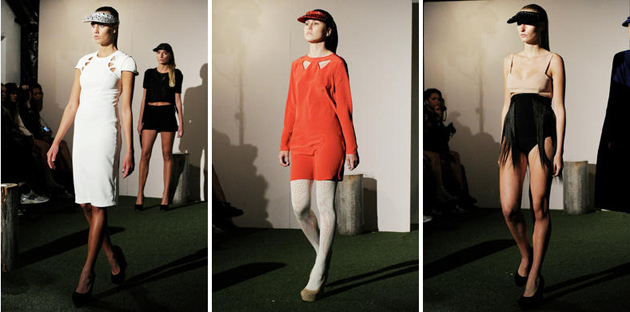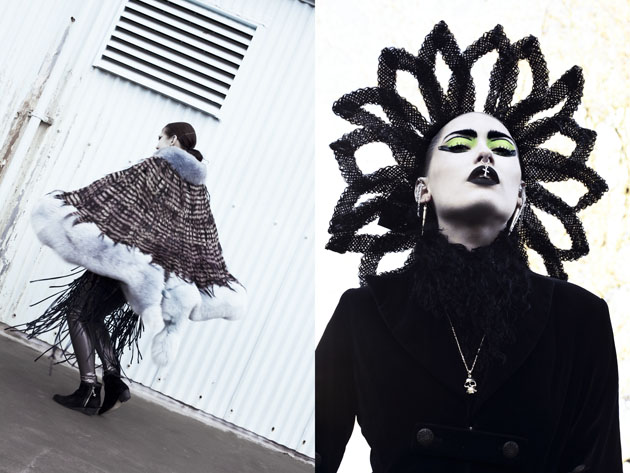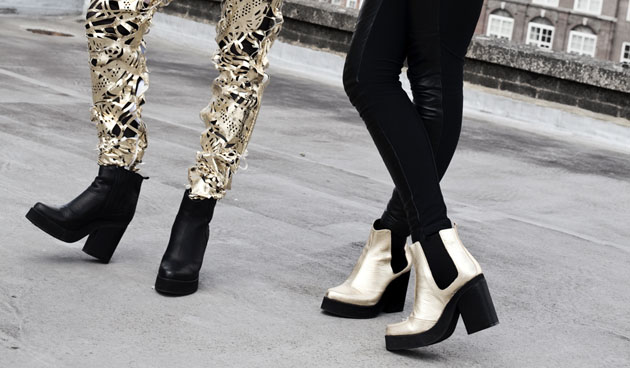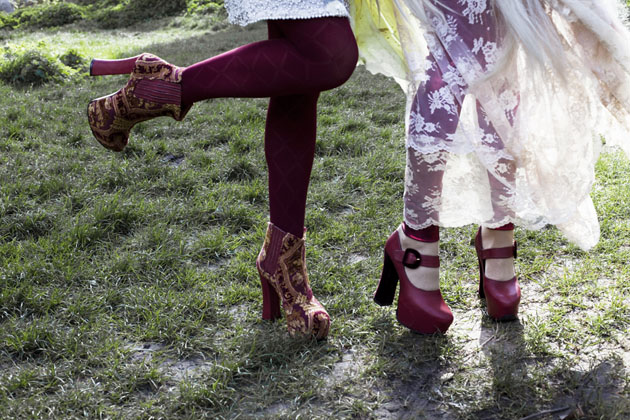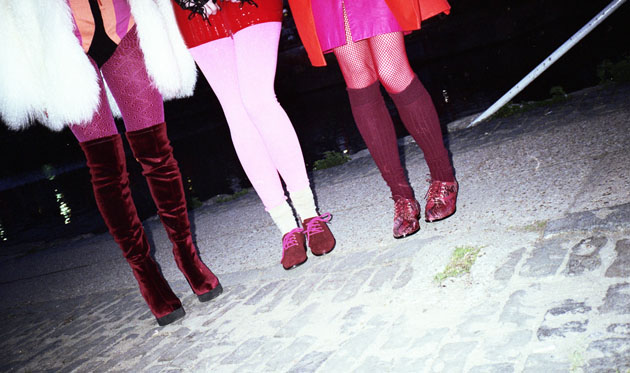We met Simone and Andrea, authors of some of the most challenging yet exciting design projects, at Triennale di Milano in the midst of the hectic design week Salone del Mobile 2013. The duo, working under the name Formafantasma, was invited to participate in Triennale design museum’s latest exhibition called “The Syndrome of Influence”, where they were asked to interpret and play with Roberto Sambonet’s work. Even though Simone and Andrea’s work got us chatting for quite some time and there would be much more to say about them, here are a few lines that might clarify their role as one of the most promising designer brand of the future.
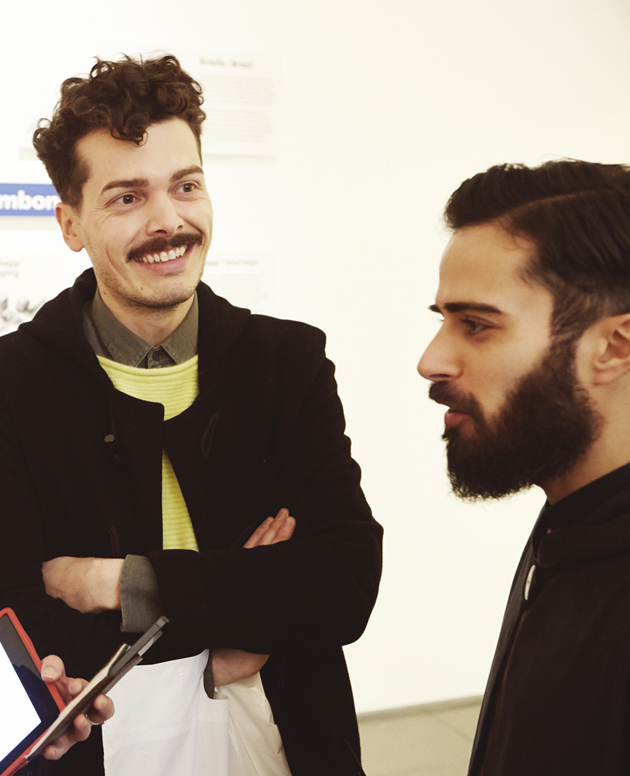
Could you tell us something about your project for the Triennale, “Cucina Sambonet”?
We were invited to interpret and develop the project on the work of Roberto Sambonet, who was in a way one of the last famous Italian designers. The reason why it is called Cucina Sambonet is because he designed a lot of objects for the kitchen, he was also a good cook and had a column in “Il Sole 24 ore” about cuisine and food. While the overall concept for the Triennale was very interesting, we also fell that we wanted to use this possibility to say something that goes beyond the work of Sambonet himself. We needed a fictional project where his works and drawings, drawn from his archive, could become scenographies. We worked with a movie director and an actor interpreting Sambonet, basically preparing a dish using his most famous piece within the same scenography. The text used comes from an interview he gave in 1994, where we selected some parts and kept on writing it, imagining him thinking about what would happen with design in the future. So, we are more or less making a statement on the necessity, for instance, of no longer talk about national design, while also trying to push back history, since the tendency in Italy is to keep on reviving what happened in the past.
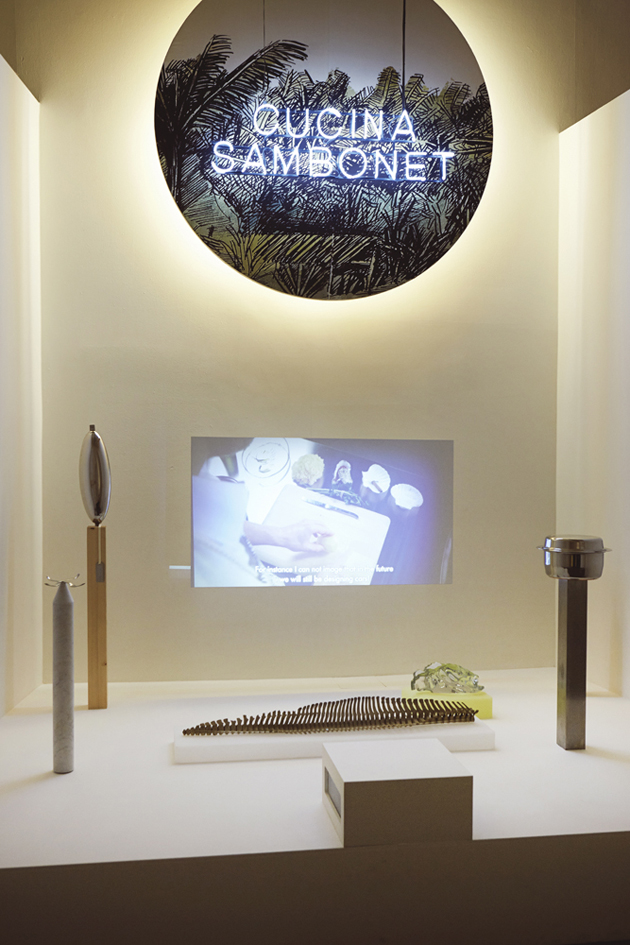
How has this design culture influenced your work, seen that you have studied abroad?
I think you can see there is the Italian influence in most of our projects, but it is mixed with more conceptual projects related with Dutch design. We really enjoy not belonging to anything or anywhere. We always say we’re bastards, because if you put together Dutch and Italian design, it seems like nothing can come out of it or have a strong identity. That’s why we are so sick speaking about national identity or national design. It’s absolutely irrelevant.
So, let’s take a step back. How did you two meet and started working together?
We met when we were both studying at ISIA in Florence. We started to collaborate when we had a little bit of freetime because, even if ISIA was a product design school, we were interested in graphics design. We worked together on preparing our portfolios for two different schools where we wanted to continue our studies at. In the end we decided to go to Eindhoven because we could really relate to what was happening in the Netherlands.
The story of how we got there is actually really nice, because we sent only one portfolio! Since the beginning, we applied as a team and when we came there we discovered that it was quite an exception.
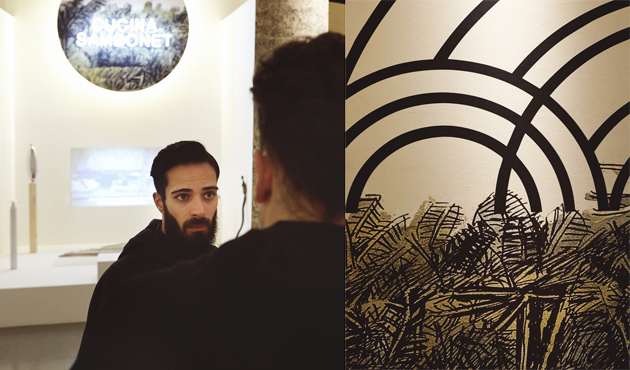
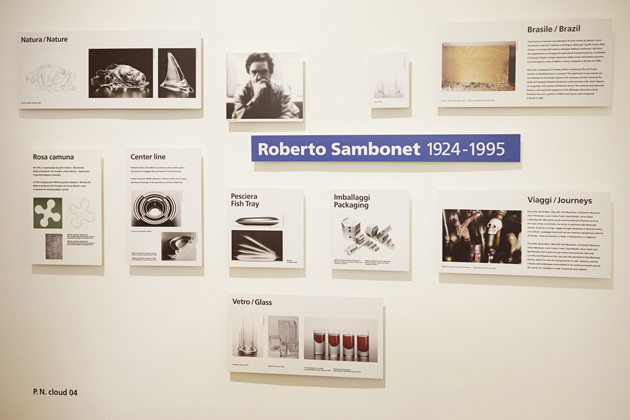
What would you say is the most important characteristics of your work?
It’s critical and conceptual and not really formal. Of course it is formalized, but we don’t start by sketching a lot of shapes. That’s not the point in our work. We are really interested in the ideas and the expression of ideas and concepts through our work and not only the formal qualities of an object.
You often experiment with new or unusual materials, showing the process of your work. Why do you think it is important to also show the process of the design and not only the final product?
I think that in recent years, we displayed production, because things are produced elsewhere and you don’t know where they come from, you don’t know how they are produced. It’s a way of giving information. I think people nowadays want to be more involved and knowing where things come from and how they are produced. Showing the process is really about transparency.
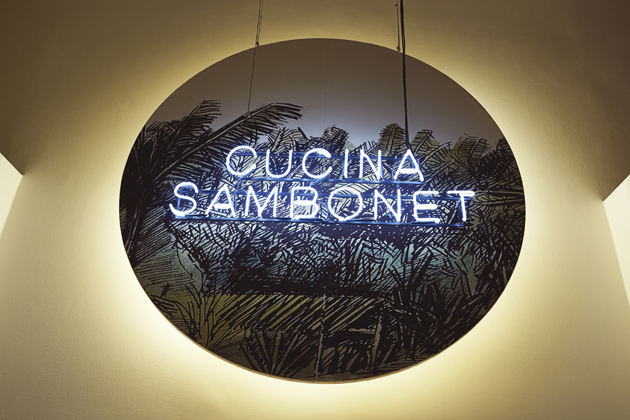
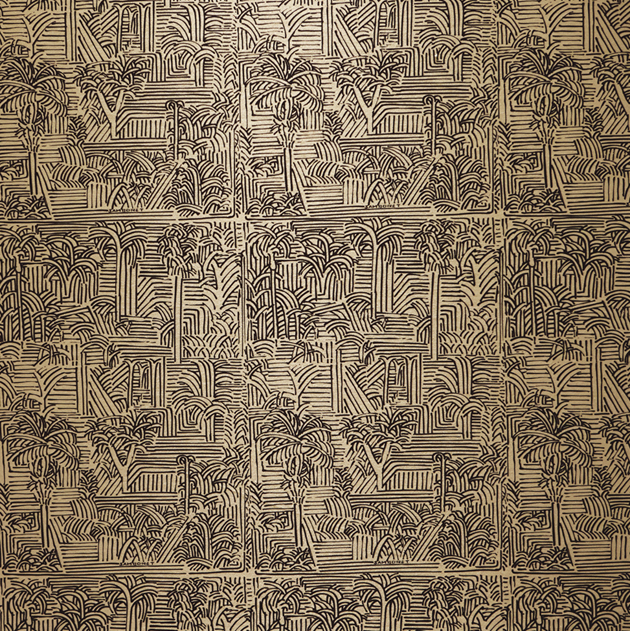
You don’t work with the industry but mostly with galleries on specially commissioned projects. Do you feel this as a necessity or is it a conscious choice for you? What does this type of production allow you to do?
No, not really, because we are now, hopefully, starting to work with companies. It’s not a choice, it’s an option we investigated in the beginning. Let’s say that the way we worked until now is really much more speculative and galleries fit in much more with this type of production. Galleries are a place for discussion.
Let’s finish with your thoughts on this years Salone. Do you have any other projects displayed around Milan?
We have a couple of other projects displayed but we are more focusing on September and February when we will have two solo shows. We actually haven’t seen so much of the Salone yet, but we have a strange feeling of calmness. There is the crisis, and it’s visible. That’s nice though, because it’s not about big bold statements but about the human scale in things.
